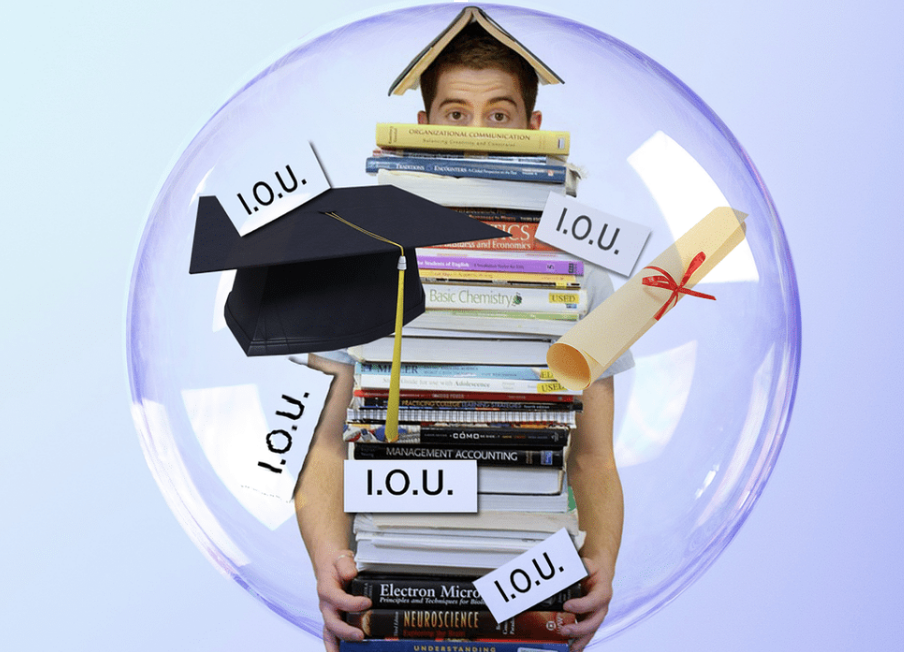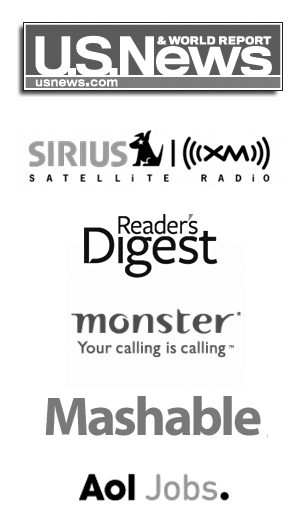
The federal student loan programs were created to help a particular group of students meet their needs while in college. However, the programs differ; some are more popular than others. Therefore, understanding the differences between the loan programs is important in helping you plan your college costs effectively.
The federal student loans are usually much favorable both in the amount of money available and repayment programs as compared to the private loans. Experts working in banks and unions recommend a student to exhaust all avenues of federal aid before resorting to private loans.
Some of the most popular federal loan programs worth considering are:
- Stafford Loan
- Perkins Loan
- The PLUS Loans
- The Direct Consolidated Loans
Stafford and Perkins loans are offered directly to the student. These loans are funded with the government money thus coming with low-interest rates and favorable repayment options. Additionally, they do not require a credit check or collateral and can be consolidated upon graduation as a repayment choice.
Stafford Loans
Stafford Loans are the most popular of all the federal loans because they offer loans on both subsidized and unsubsidized level. The levels offered means that you can use the loan to help you pay for college regardless of whether you have financial need or not.
The loan is available for both undergraduate and graduate students who had enrolled on at least on a half-time basis. Moreover, the loan comes with a lot of joy to the borrower; it does not require credit approval and defer payment is allowed to students until six months after graduation.

Direct Subsidized Loans
For Direct Subsidized loans, only undergraduates are eligible. The loan is majorly reserved for students who demonstrate financial need via FAFSA.
Pros
- The interest rate is fixed at a current rate of 4.45%.
- Interest is paid while you’re in school
Cons
- Undergraduates can borrow only a certain amount a year.
- A significant financial need is a must for you to qualify for the loan.
- Small origination fee (1.068% of each disbursement)
Direct Unsubsidized Loans
The Direct Unsubsidized Loans are available to all undergraduate and graduate students with or without financial need. However, interest accrues while you’re in school but you can choose to pay or wait until you are done with studies.
Pros
- The interest rate is fixed with the current rate at 4.45% for undergraduates; 6% for graduate students.
- Available to all students regardless of financial need.
Cons
- Undergraduates can borrow only $5,500 to $7,500 a year and up to $31,000 total; graduate students can borrow only $9,500 to $12,500 a year and up to $138,500 total or even less if the student may have borrowed a federal loan while an undergraduate.
- Interest will not be paid while you’re still in school.
- Small origination fee approximately 1.068% of each disbursement.
Whichever way you choose to go, this is will be one of the most favorable student loan programs in the market today.
Perkins Loans
Perkins Loans are designed to assist students with extraordinary financial need. Though the loan can be used for both undergraduate and graduate studies, many students do not qualify for the Perkins Loans because of the generous terms.
The loans are a subject to low annual and lifetime limit on borrowing but are usually free from origination fee. Additionally, the loan has lower interest rate paid by the government while a student is still enrolled in school.
The PLUS Loans
Plus loans can be borrowed by parents or students to fund whatever needs that they have that is not met by other financial programs. The loan allows a student to completely pay college without running out of money during studies. Though, the first payment may be due to early, like 60 days from the loan disbursement.
The Plus Loans are characterized by higher interest rates than 7.90-8.50 percent and may be subject to origination fees of up to 4 percent. Additionally, good credit is a requirement with less flexible repayment options.
The Direct Consolidated Loans
It is common for most students to receive loans from different borrowers yearly or in a semester. It is likely you will have 8-10 student loan payments that are due a month after your graduation.
A Direct Consolidation Loan can simplify your repayment process as it is a one payment servicer. The loan is a fixed-interest loan with flexible options that depend on your ability to repay.
The loan has no fee to consolidate, but it can be done once. It can lower the monthly payments and also extend the amount of time required to pay off the loan.
Direct Consolidation Loans helps you cut down on the agony of having to think of the numerous due dates for various amounts to a lot of lenders. It also helps to eliminate or reduce late fees if you happen to miss a payment.
However, depending on the Direct Consolidation Loan program you choose, you can end up stretching the payments over a longer period of time and paying more interest on the debt. Additionally, on the original loans taken, you can lose some of the benefits such as eligibility for the loan forgiveness programs and interest rate discounts.
If you are planning to join college, knowledge of the federal student loan programs is important. This will help you know how to manage your cost accurately and make the right choices which you won’t regret.









